Hunting High And Low – Finding the shot
February 25, 2020
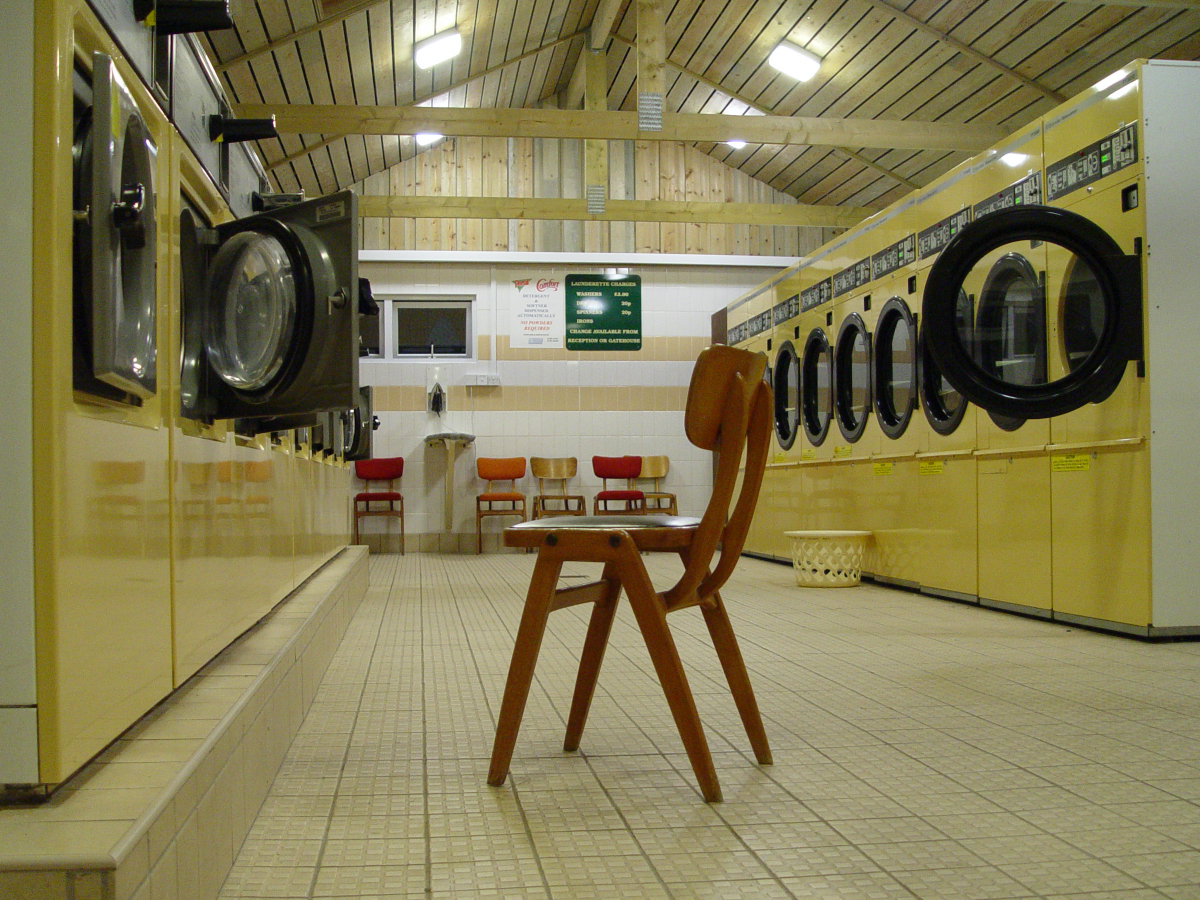
Everyday, people take photos by pointing their camera at something interesting and clicking the shutter. Often, these photos do not turn out as interesting as the scene that was before them.
What makes a photo interesting is showing someone something they do not normally see. This can be achieved through subject matter, through treatment or, ideally, through both.
- You can take a normal photo of something extraordinary.
- You can take an extraordinary photo of something normal.
- The most interesting shots are extraordinary photos of extraordinary subjects.
- The obvious combination you are looking to avoid is a normal photo of a normal subject. These are fine for ‘snaps’ but subject matter and treatment need to be considered if looking to take your shots to the next level.
Subject matter
If you come across a scene of an unusual event or if you set up a shoot of something out of the ordinary then the subject matter itself will provide a view of something not normally seen.
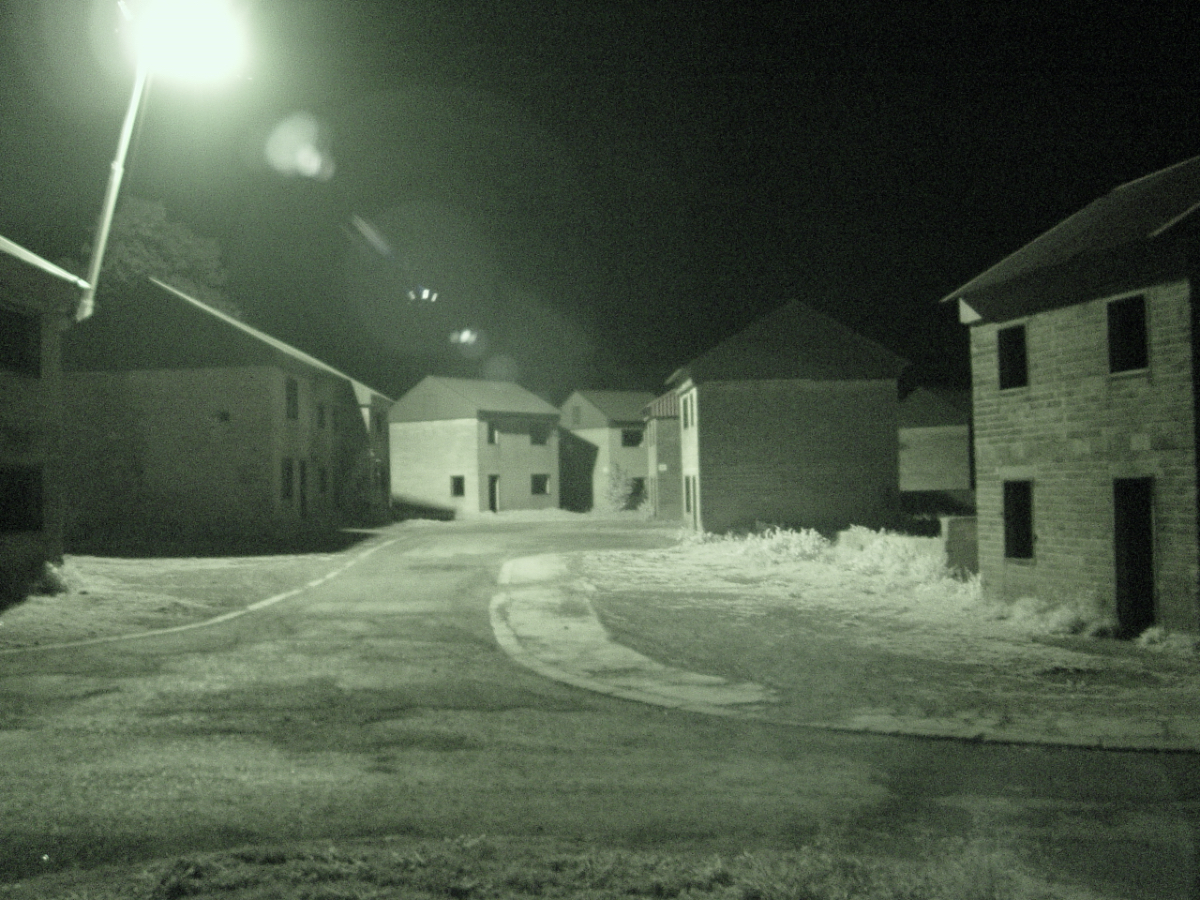
The village of Imber, evacuated in 1943 and used as a military training facility ever since. It is only open to the public for 50 days a year and access into the centre of the village is out of bounds. There also is no electricity supply.
For 3 nights in 2003, Artangel had special permission to hold an event to re-animate the village and the public were allowed into the restricted zone after ordnance clearing. Therefore this view of the village illuminated at night is a rare scene.
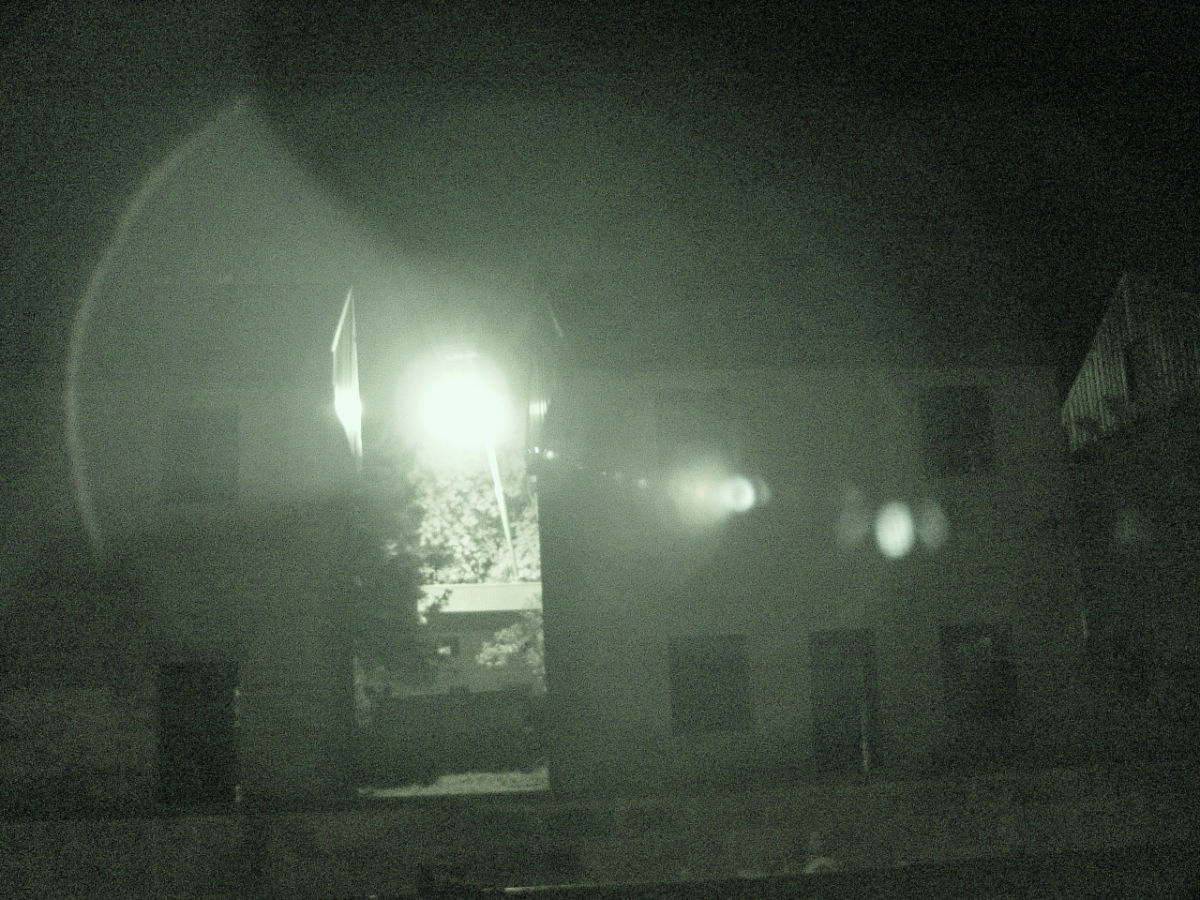
Having taken the above shot, I moved around the edge of Imber to find this scene of the floodlight streaming between the houses. In this unusual environment there was plenty of time to take straight shots documenting the scene and also hunt out the more quirky artistic angles.
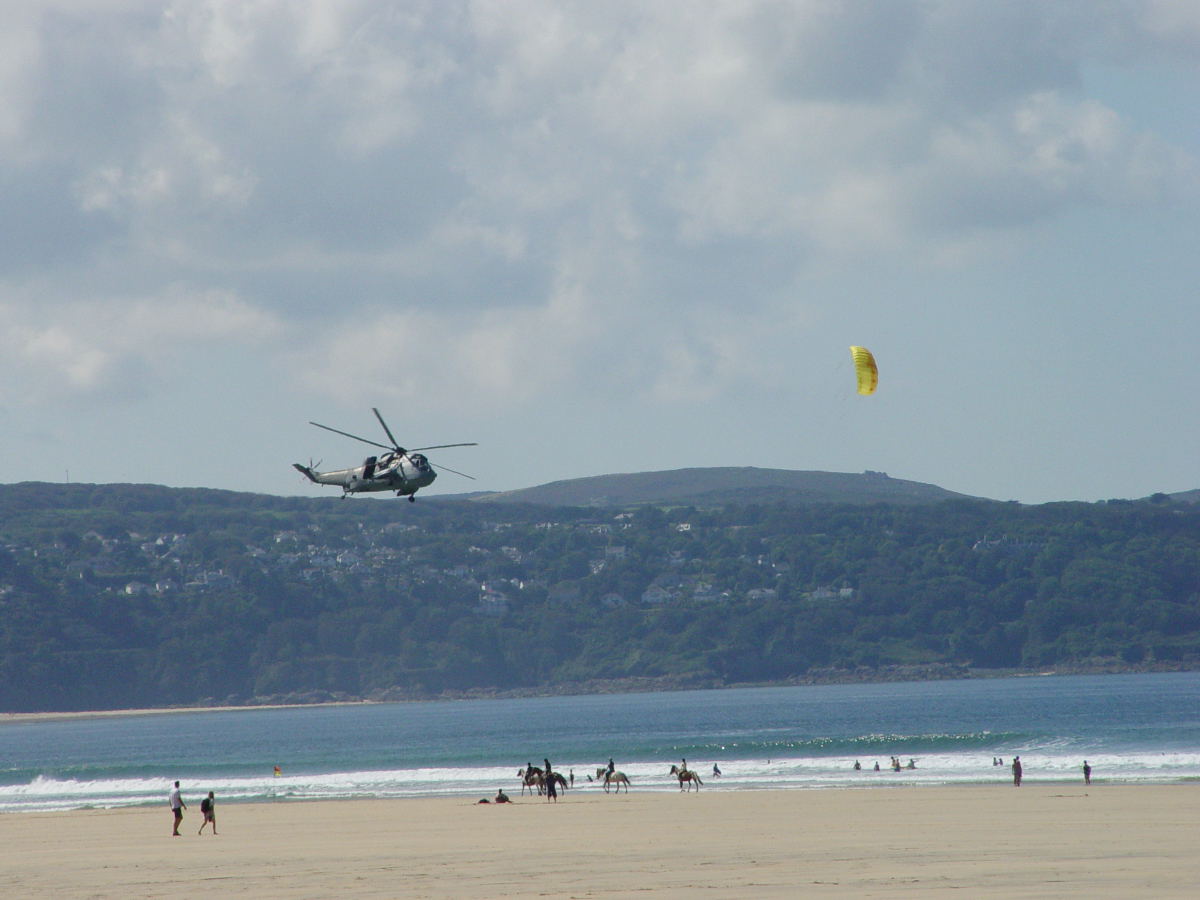
Sometimes there just isn’t the time to hunt out an unusual angle. When this helicopter swooped over four horses and a kite on Hayle beach, there was limited time (literally a few seconds) to capture the scene. Also, the distance to the subject matter meant that alternative angles were not achievable from my vantage point. This collective of unusual subject matter all in one unmanipulated shot shows the viewer something they don’t usually see every day.
Treatment
It isn’t necessary to sit for hours in Loch Ness waiting for Lord Lucan to wander into shot just as Nessie leaps through a hoop in the background. Everyday objects can be incorporated into unusual and artistic shots by adjusting the treatment. The mistake that most people make in setting up a shot is that they stand up straight and point the camera at their intended target. This means that almost all their photographs are taken from eye-level. People see things from eye-level themselves all the time so showing them an everyday scene form a viewpoint that they naturally have by default is not offering them anything new.
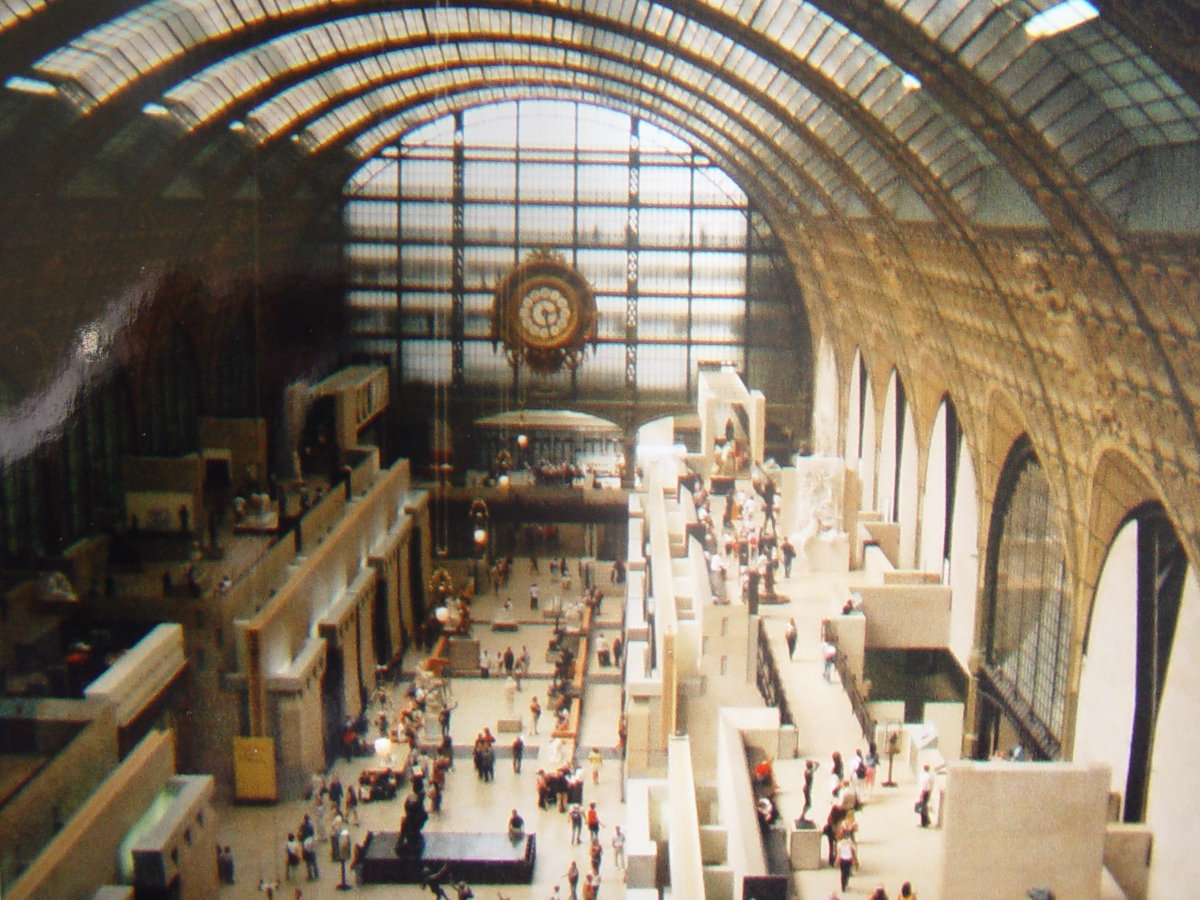
Get up high
The main hall of the Musee D’Orsay in Paris looks like an intricate model. It needn’t take a helicopter or crane to avheive these type of views. The catwalks spanning the ends of the museum provided this shot, but hills, towers and other tall buildings can also provide a similar vantage point.
Also, you don’t need to get up very high in order to escape the standard eye-level shot. A small set of steps can be enough.
Scenes taken from the Eiffel tower. The evening sun dramatically extends the length of shadows on the ground making it easier to see the tiny figures below.
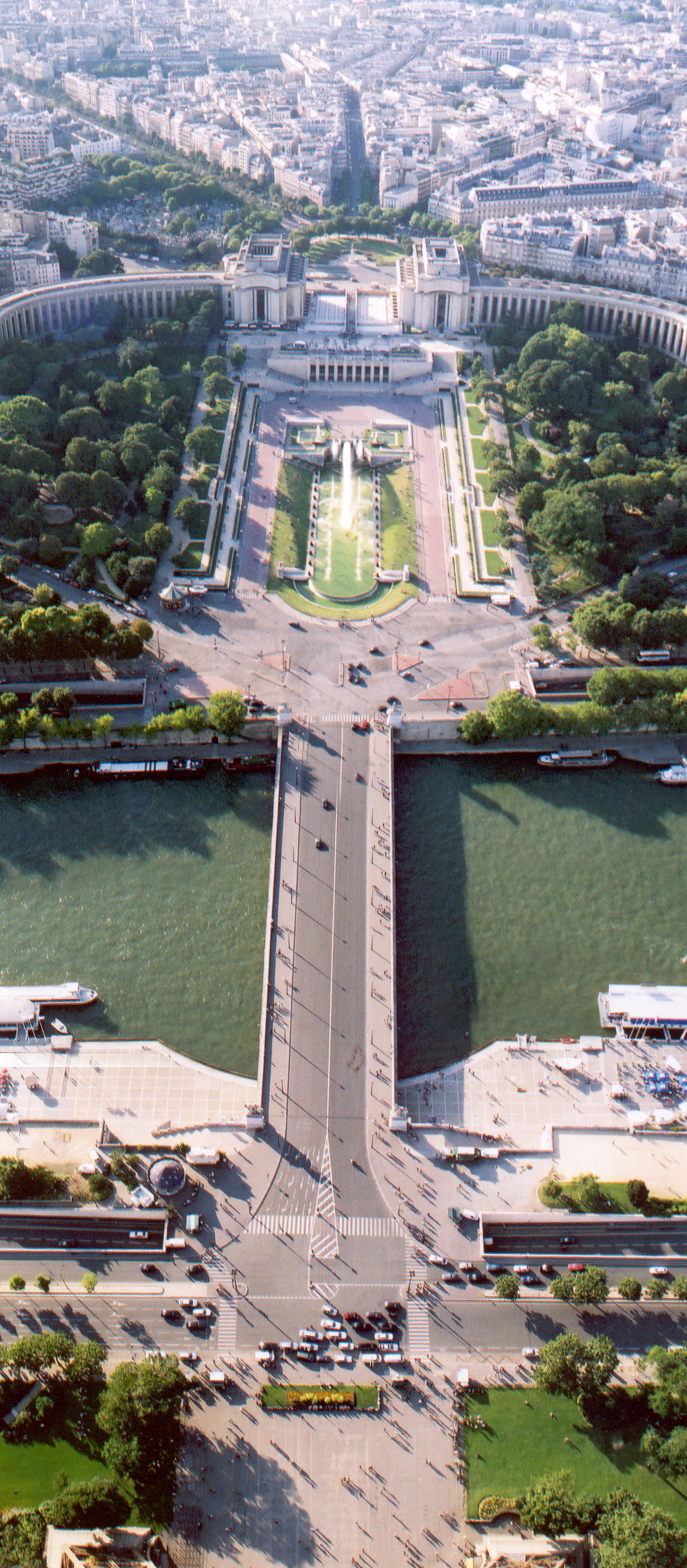
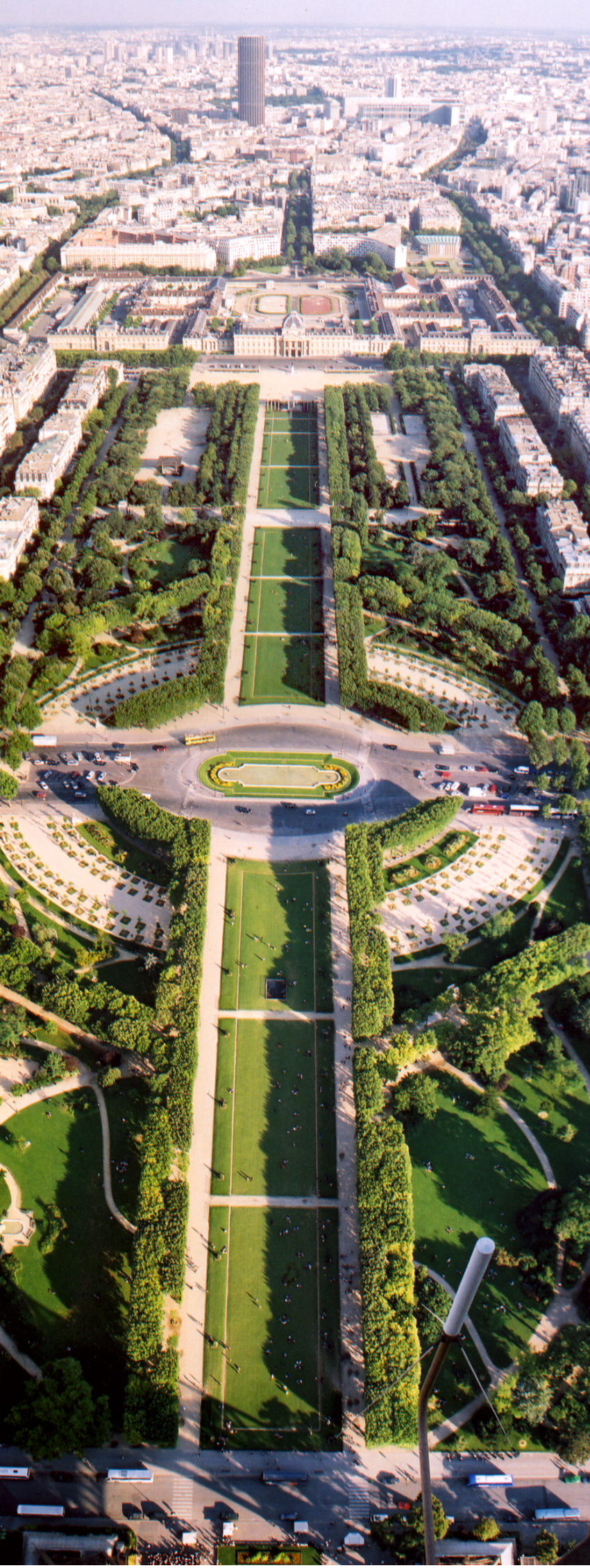
Now drop to the floor.
Here is a standard view of a church and a launderette.
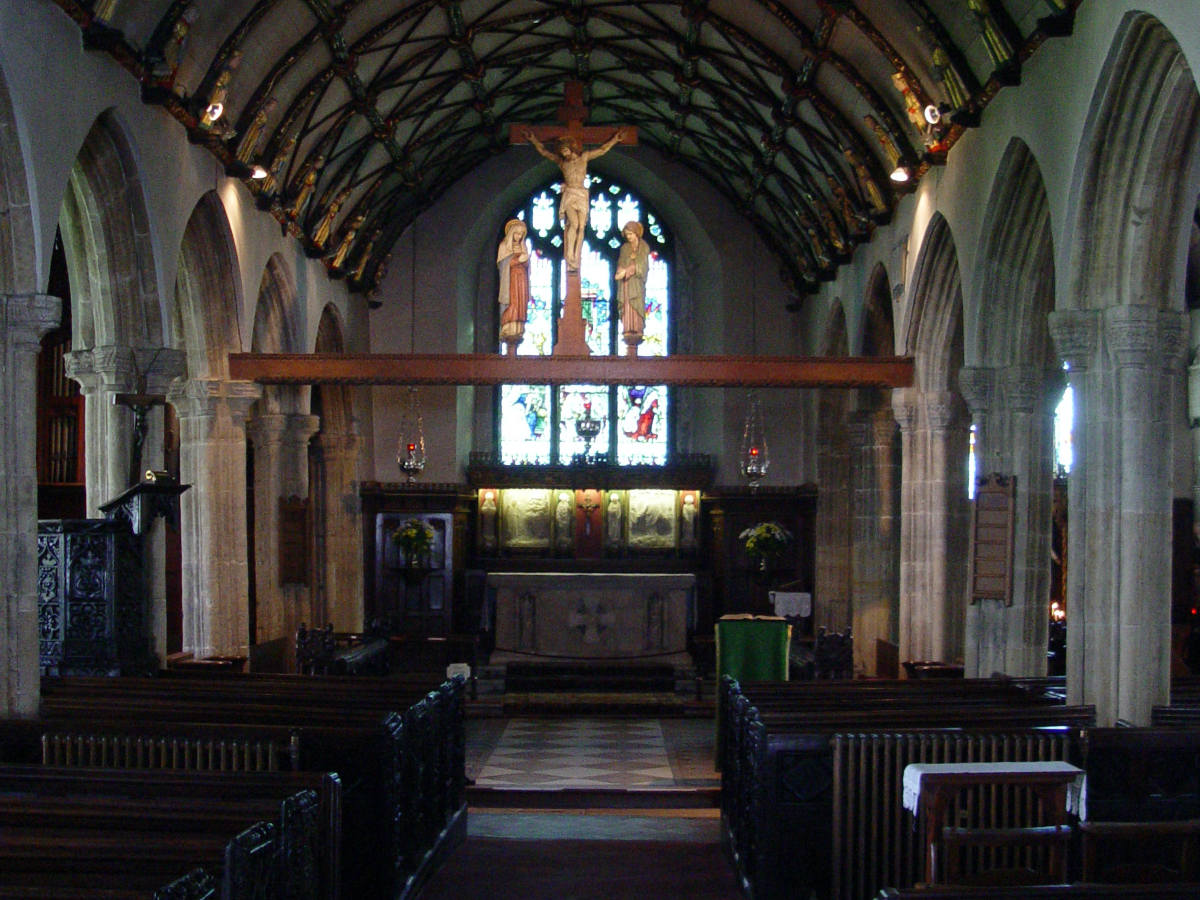
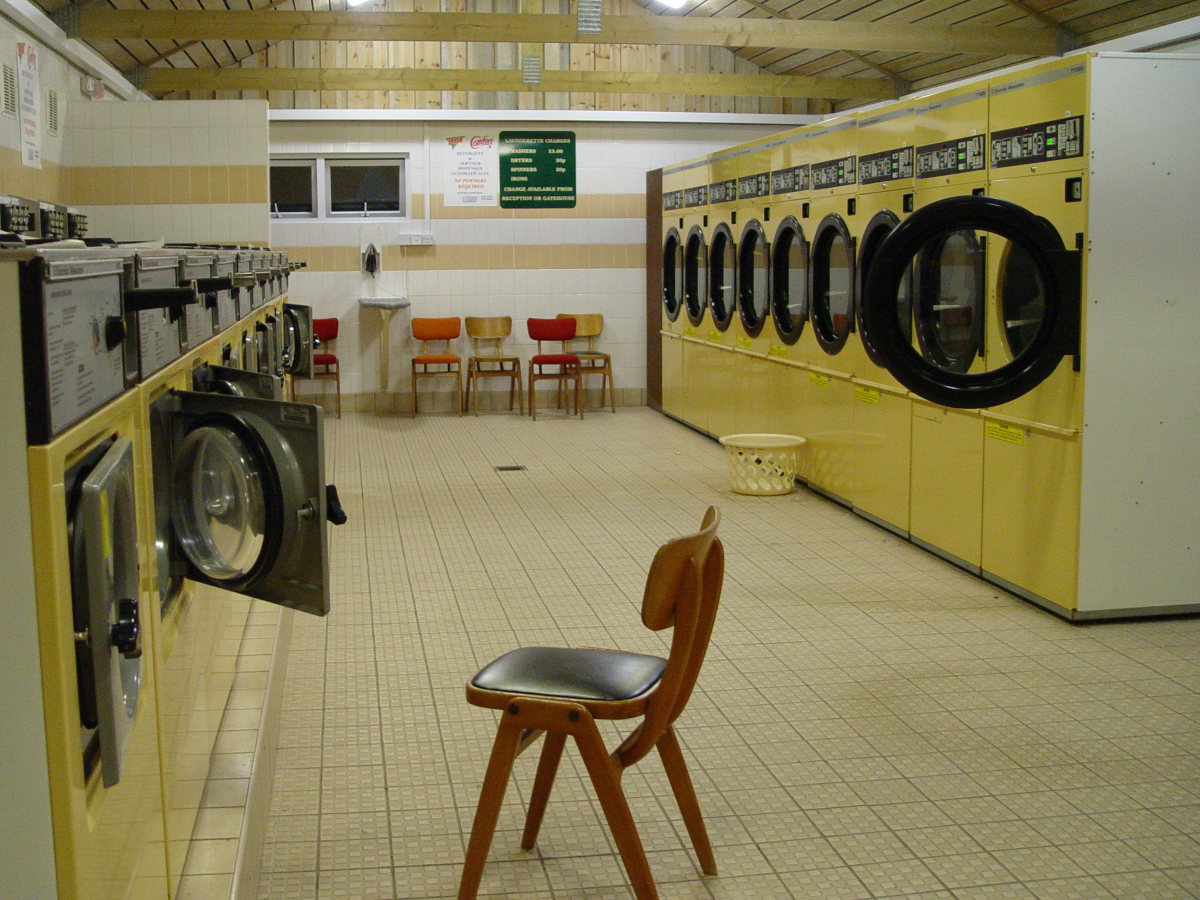
Even though the church has a dramatic look without altering the view, by dropping the camera angle to the floor, we achieve a view where the subject matter towers over us. Even the launderette takes on a grandiose architectural feel.
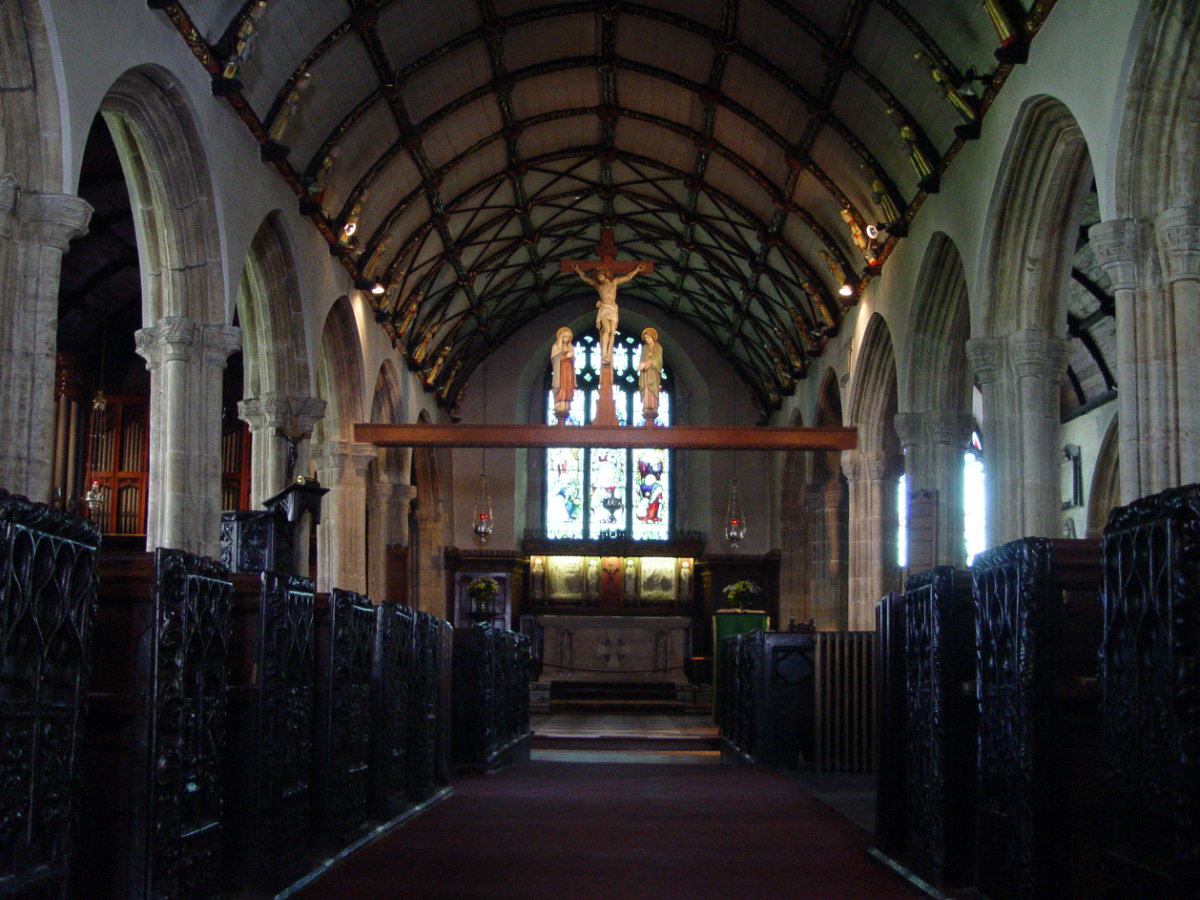

Find the eye-level of the subject.
While you are avoiding your own eye level, you can always try to find the eye-level of the subject when dealing with non-human photographs or even things without eyes.
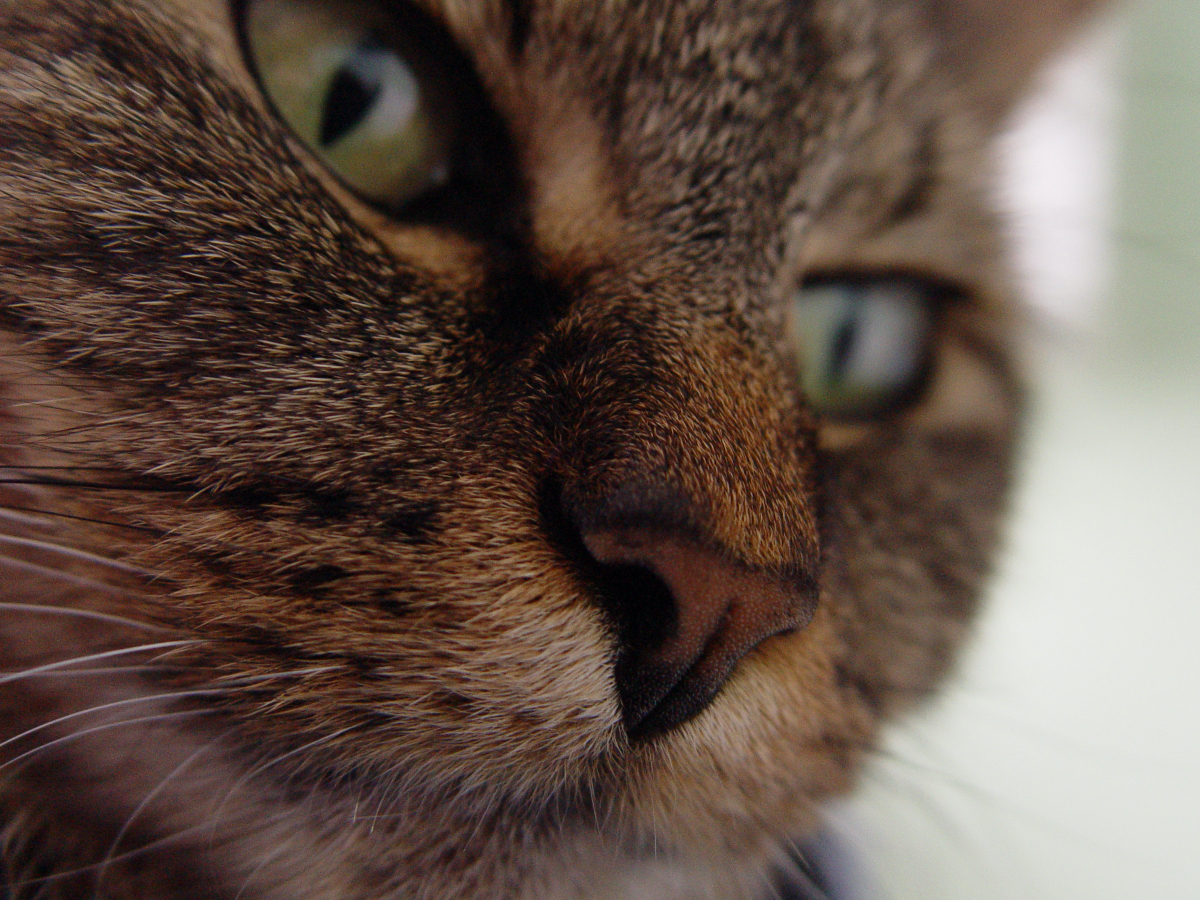
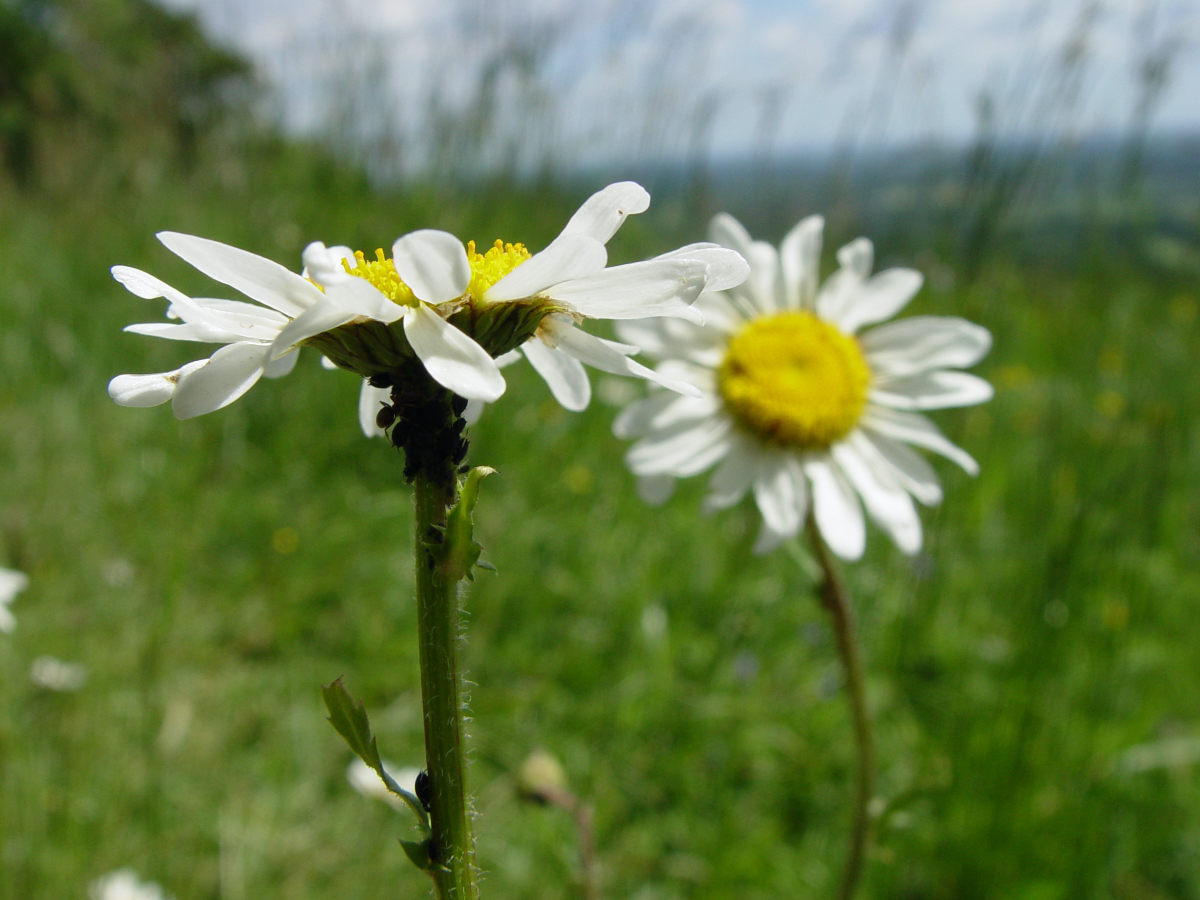
Portrait & figure work
When photographs involve people, there are two main groups of shots — Studio work and real life. With studio work, you are attempting to create a particular shot, with real life photography you are attempting to capture a scene that has occurred without your influence.
Portraits involve two eye-levels. The camera’s and the subjects. This enables a range of possibilities when finding a different angle for your shot.
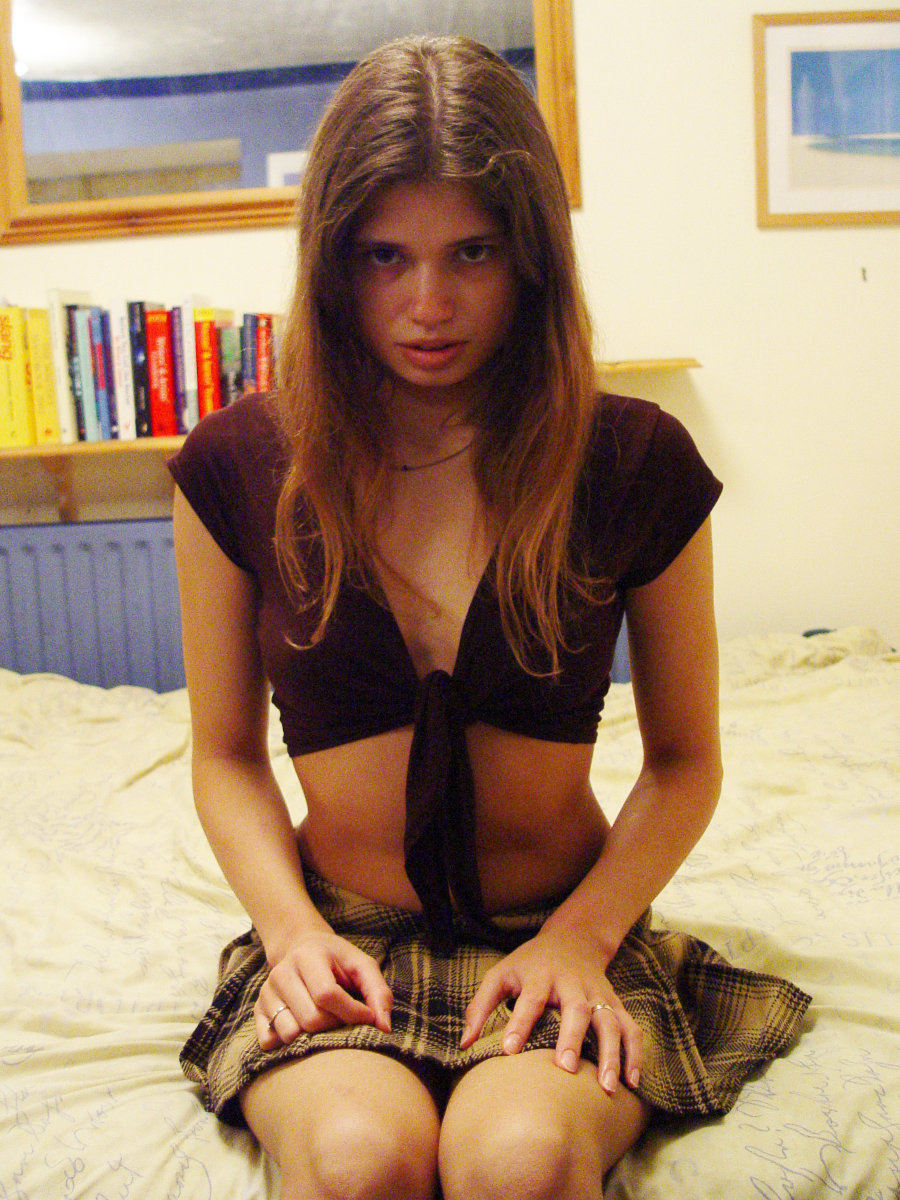
Moving the camera
Although there is nothing wrong with a square-on, centred portrait at eye-level, if you fill up an album with them it can start to look like a school year book.
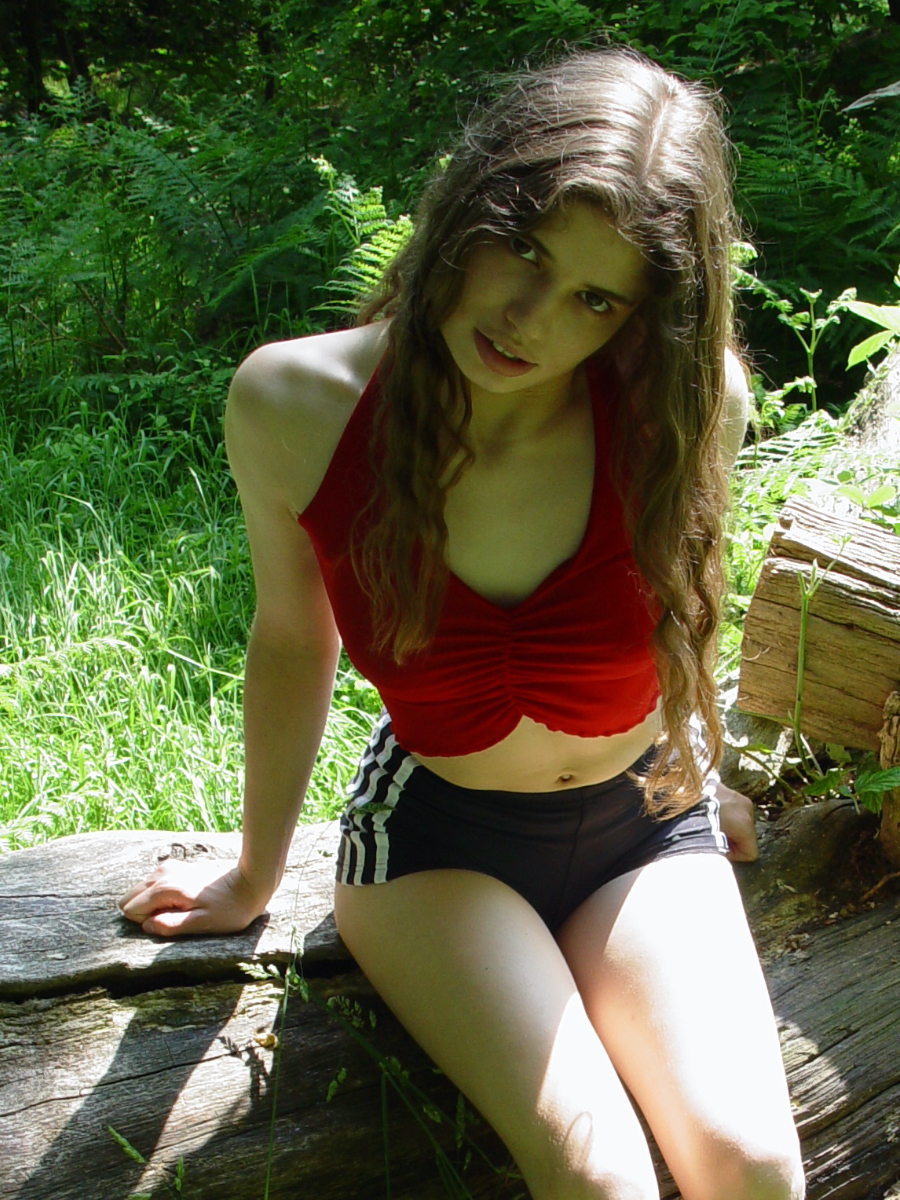
Get up higher again.
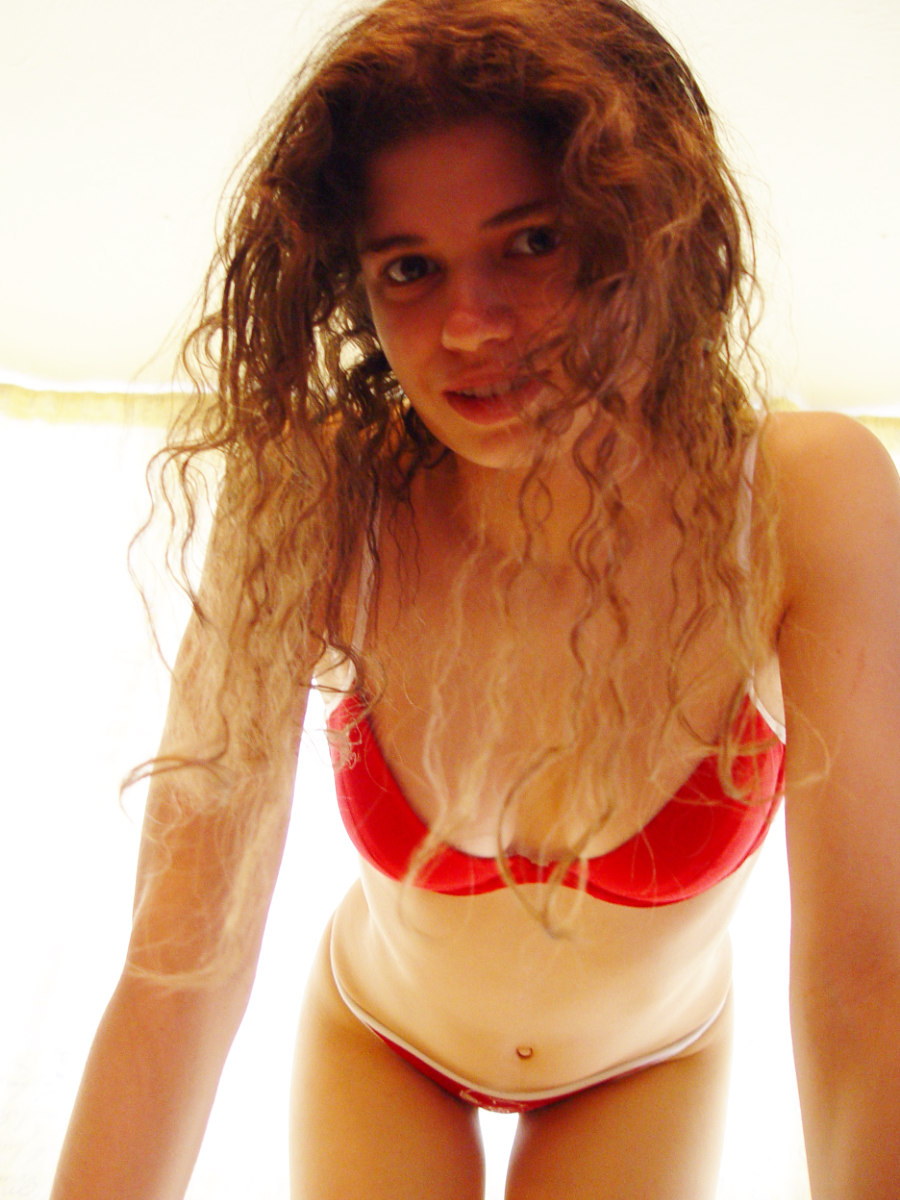
Or drop to the floor.
Move the subject
It isn’t just the camera that can move. Rotating the subject around at various angles will greatly increase the possible varieties of shot.
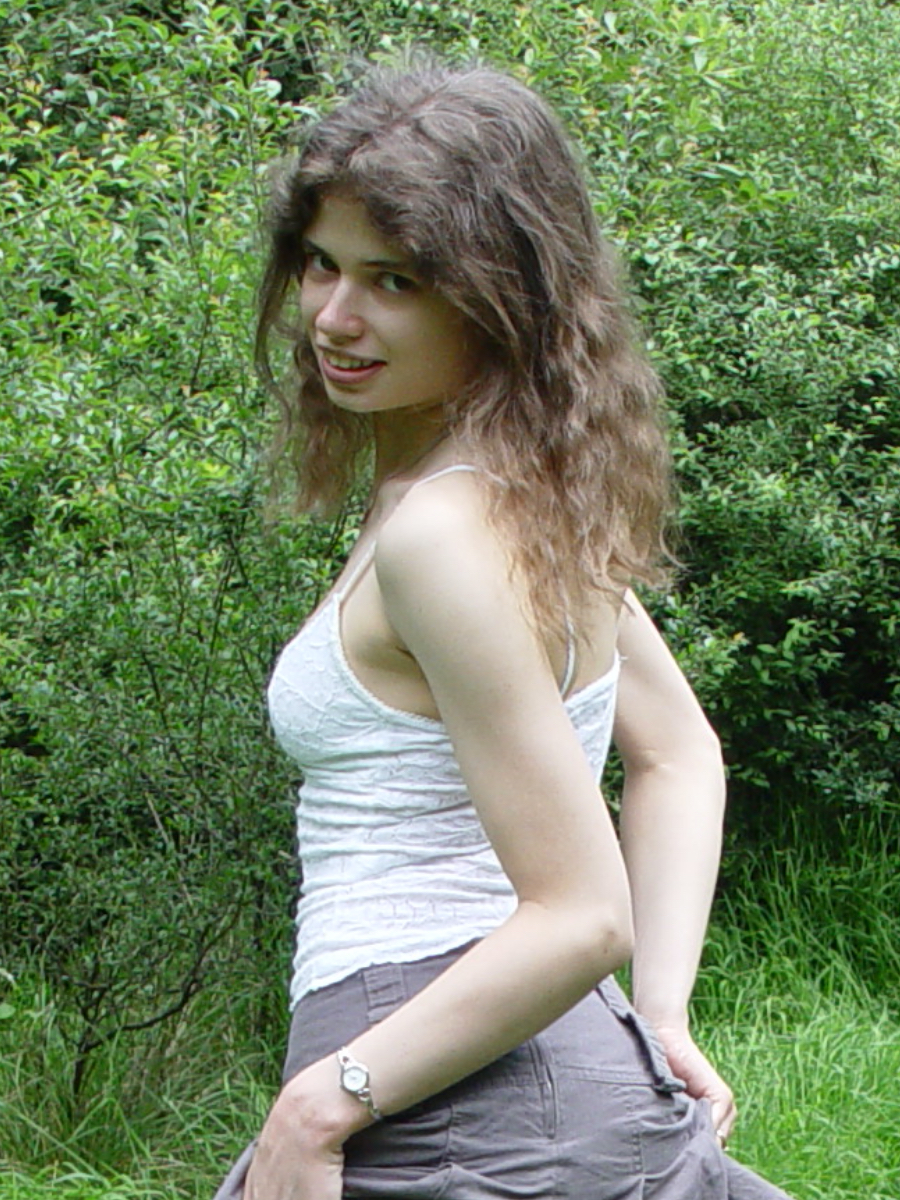
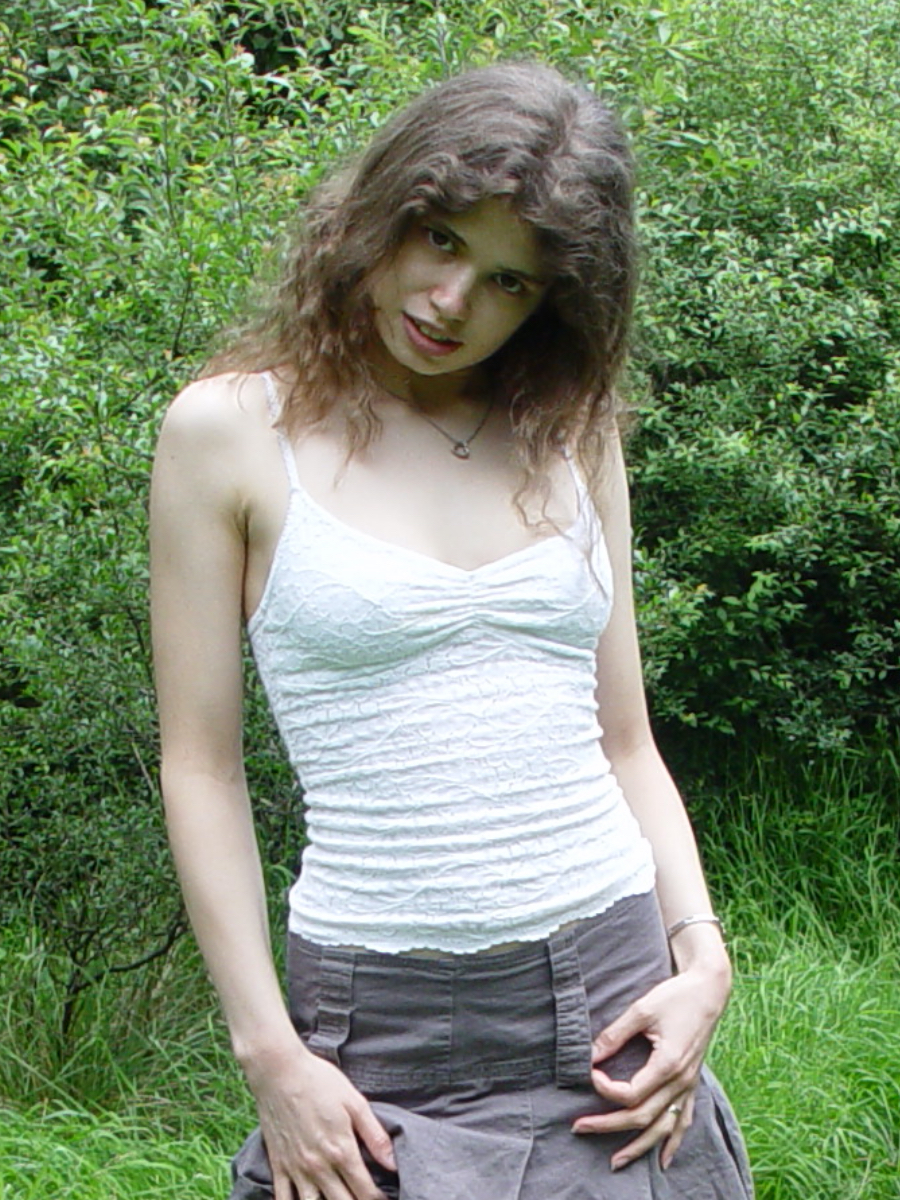
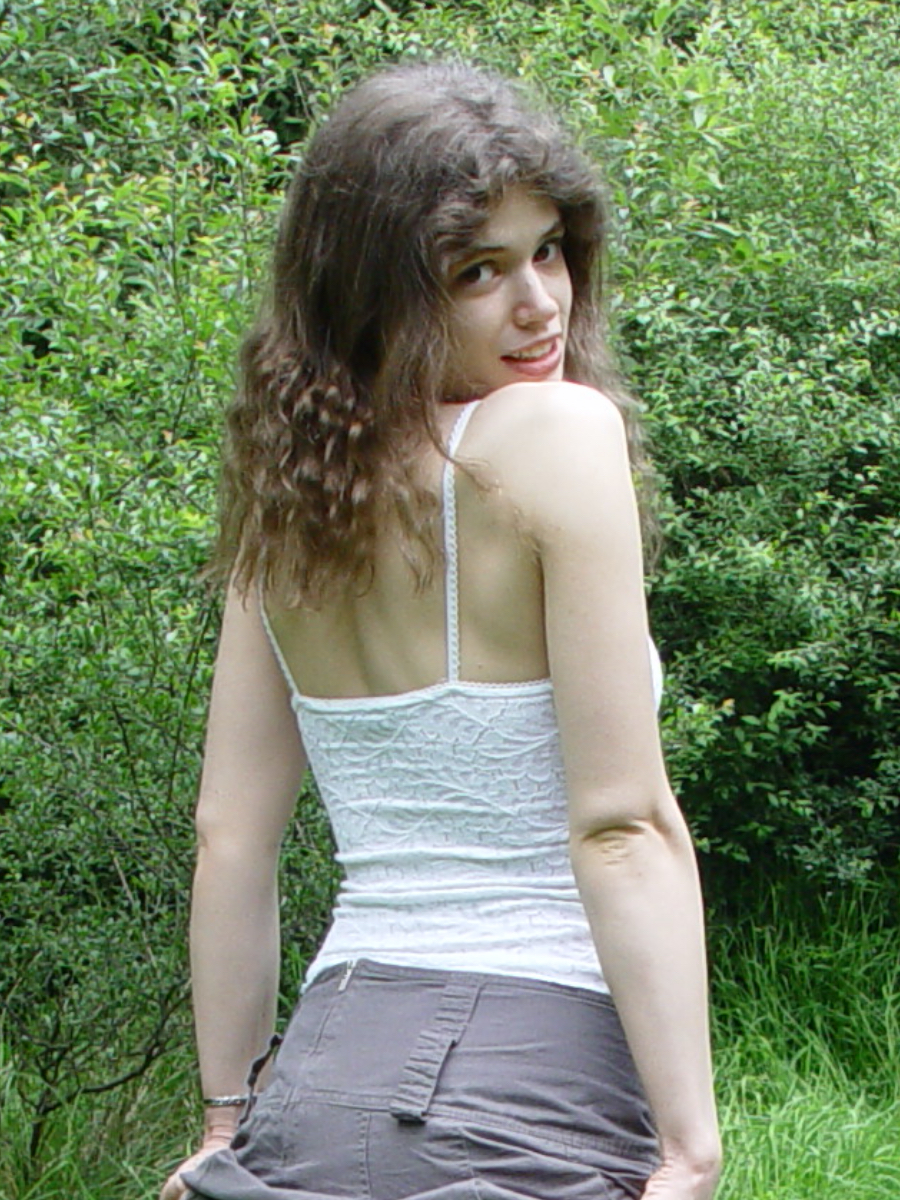
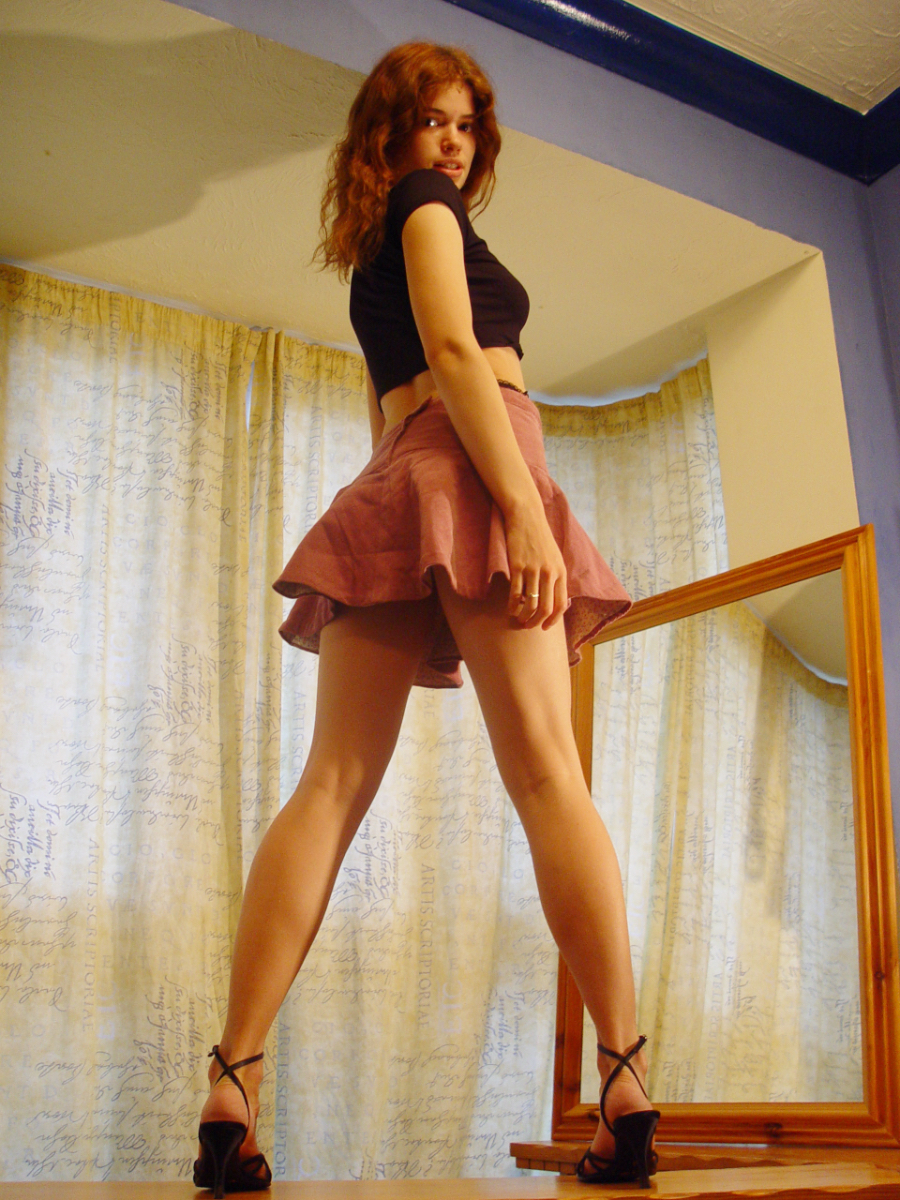
By combining all these techniques, you can begin to increase the variety of shots you produce.
Here the camera is low and the subject is turned around.
Of course, you can always drop the subject to the floor. Gently, obviously, and with their consent or else you won’t be photographing them any more and you could well end up in court.
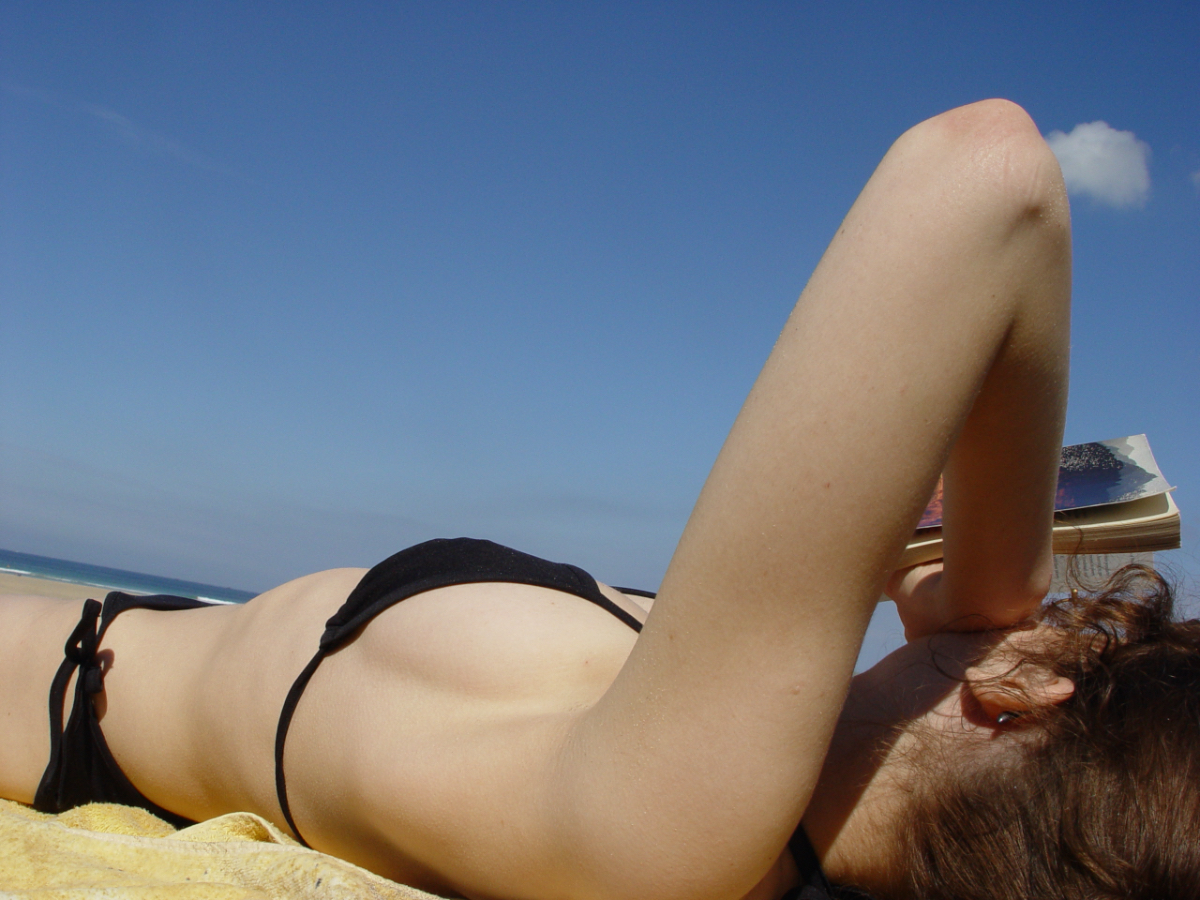
Subject: Low / Camera: Low
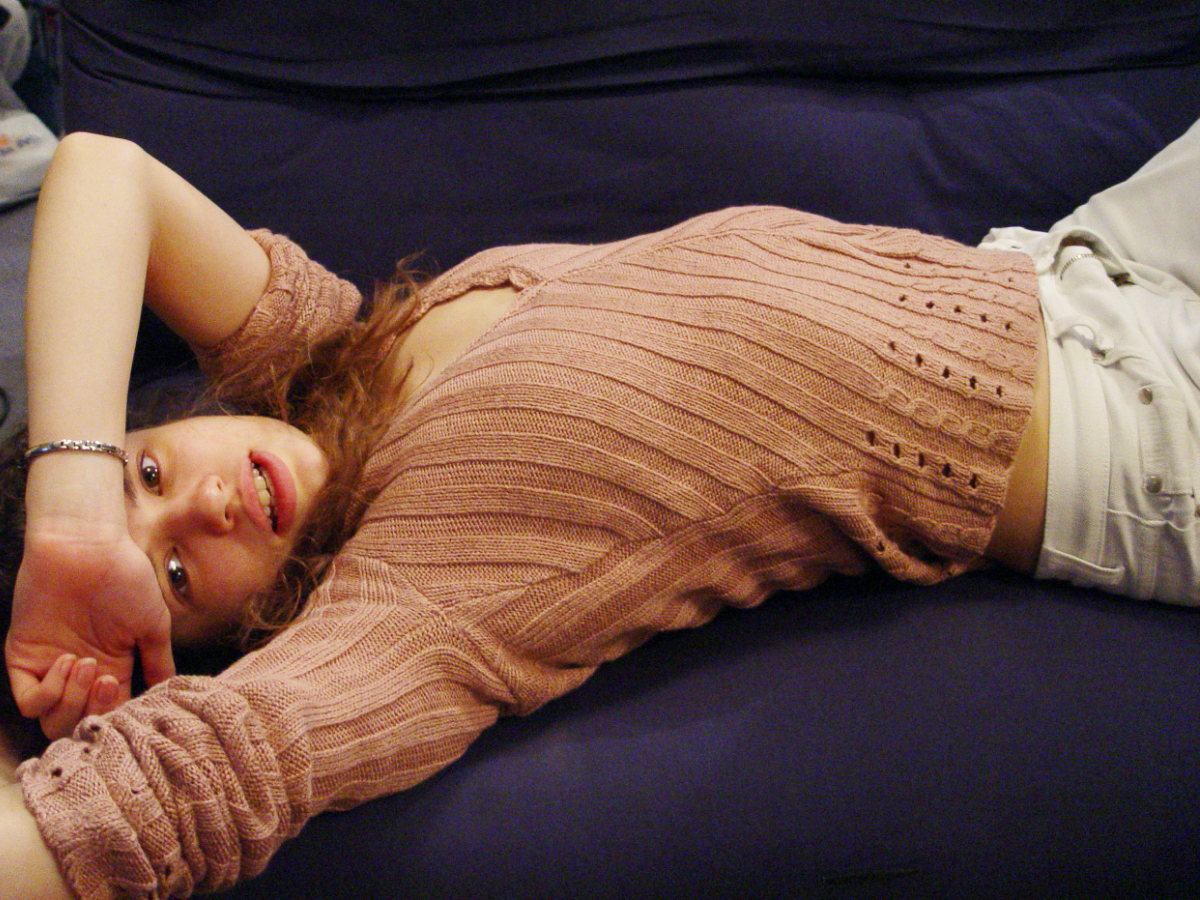
Subject: Low / Camera: High
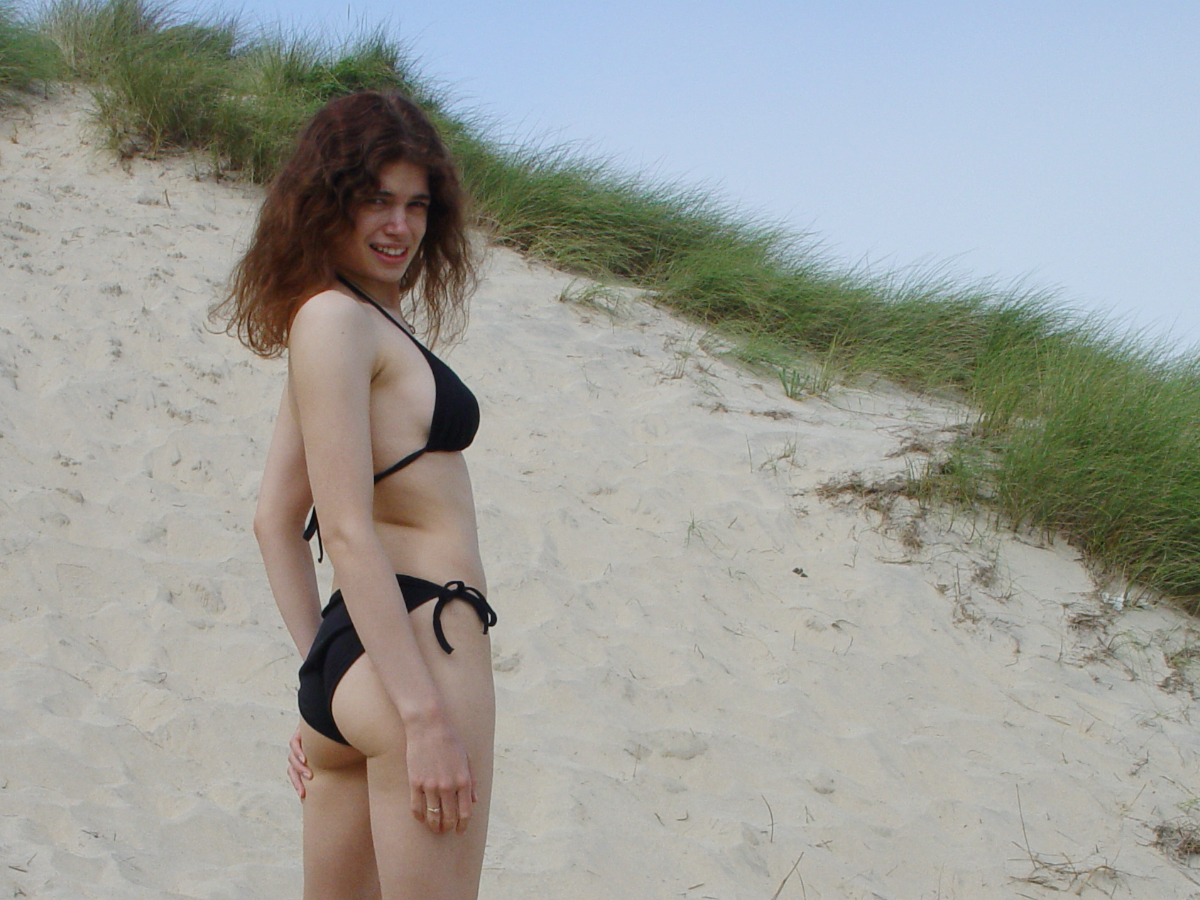
If you take a portrait from further back, placing the subject a third of the way across the view, rather than centred, can achieve a more interesting dynamic to the photograph as you open up the scene to clearly show the context that the subject is within.
In layman’s terms, you are giving your subject space to move in rather than boxing them in the centre all the time. This is, of course, the much debated rule of thirds.
Now experiment
Don’t take this series of tips as any definitive or comprehensive guide. Experiment. Never accept the first impression and always think about why you are taking the shot. What are you showing people that they can’t see for themselves?
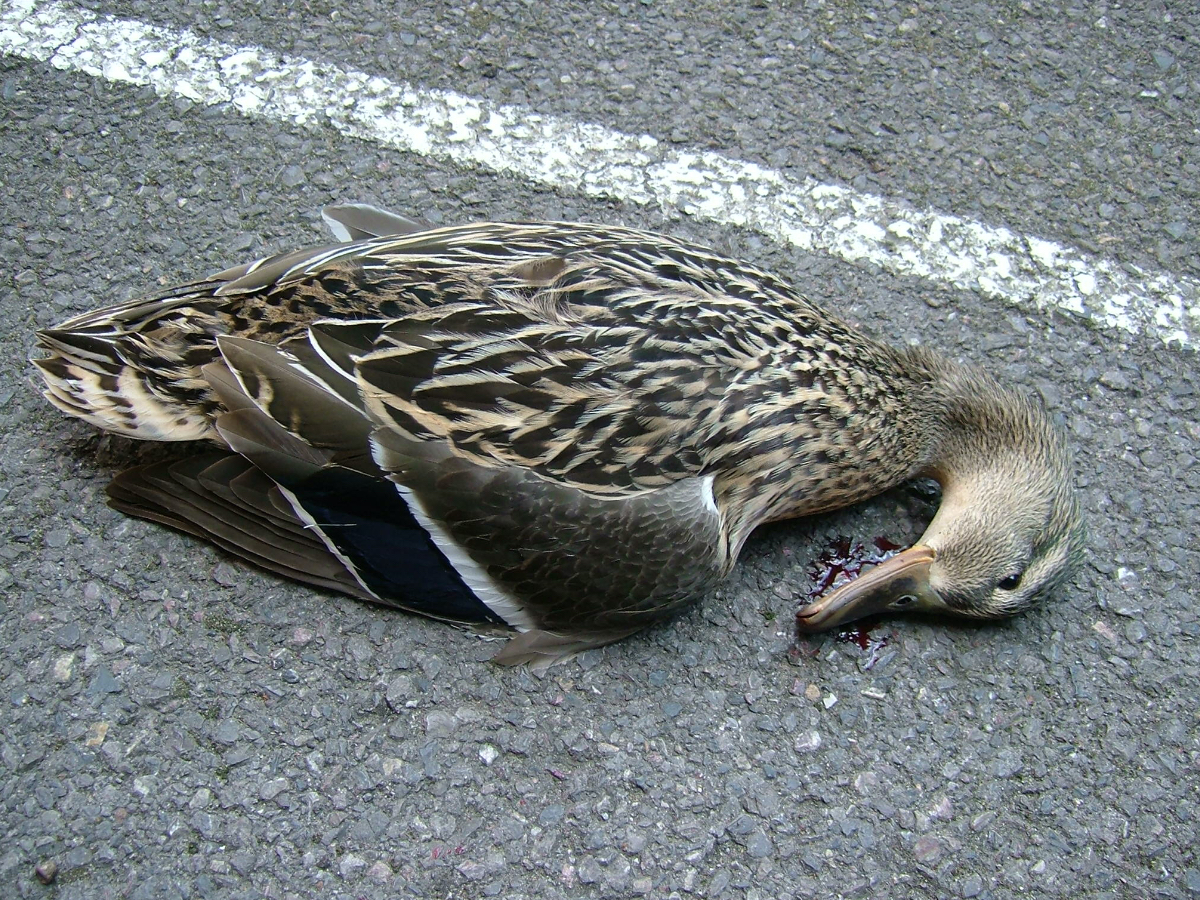
A friend of mine snapped this image of a dead duck in the car park where I work. This is a very scientific/analytical shot documenting the fact that there was a dead duck in the car park.
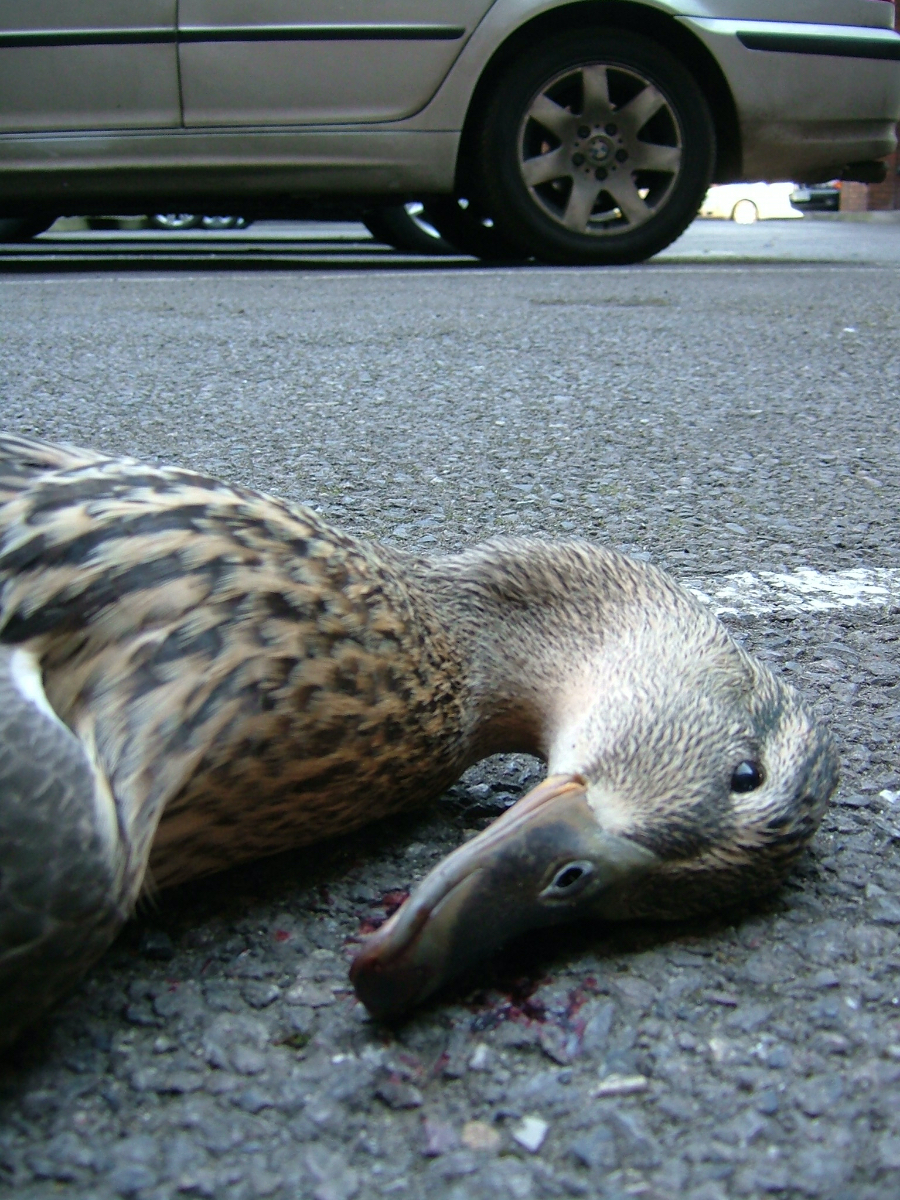
I asked him to take this second shot in order to demonstrate a radically different treatment of the same scene.
Here we’ve moved around and hunted out a specific shot. By dropping the camera to the floor, we’re now more on the ducks level and its death is far more dramatic and pronounced.
Also, by including the car wheel in the background we’re beginning to start a narrative — was the duck run over maybe?
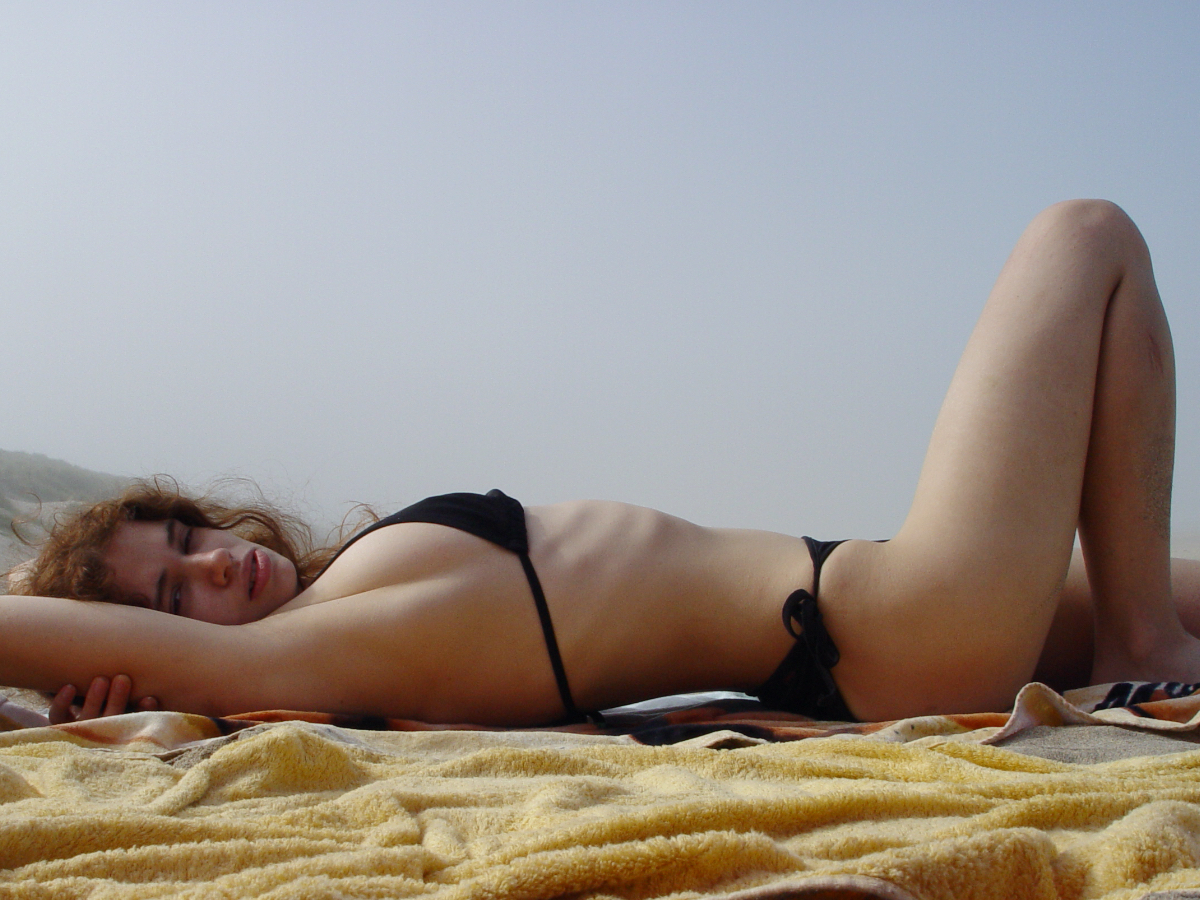
Female sunbathing. By dropping to the floor here, we have replaced the horizon with a contoured figurescape.
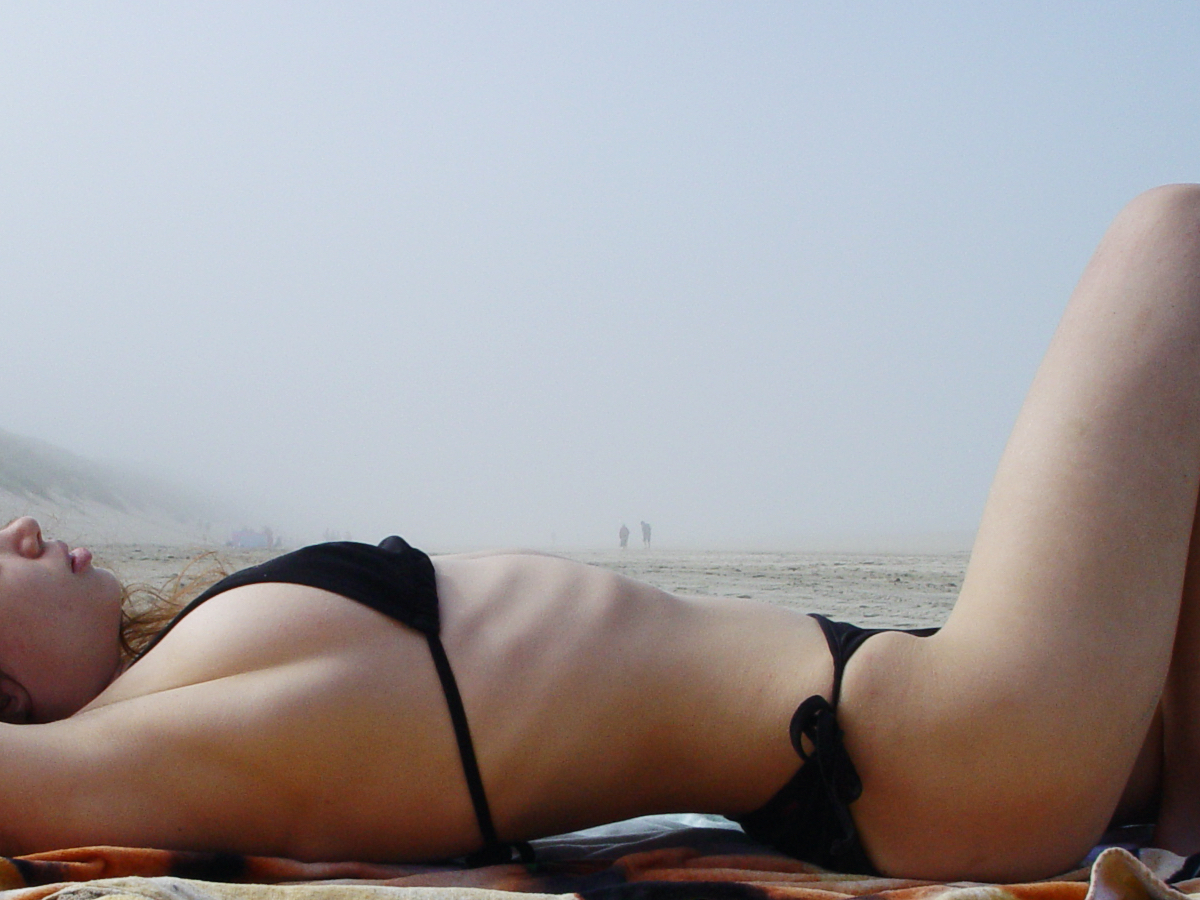
Same scene again, but we’ve moved in and up slightly to reveal the actual horizon.
There’s an interesting juxtaposition happening here between the female (radically cropped) in the foreground and the two figures just visible in the distance.